KeighnMcDeath
RPG Codex Boomer
- Joined
- Nov 23, 2016
- Messages
- 16,132
I actually think Ultima 3 could be more brutal tbh esp the game gear home-brew mod (the second part after destroying Exodus)
I forget this site exists - nice to see someone working on another U9 patch, as I like messing around with that game every couple of years. Would be nice to have a few more quests. Doubt it will be released, but nice they are working on that game anyways.The Ultima Codex keeps me mostly up to date on fan projects.
Oh I don't even try to solve them with my own brain juice. I use the nifty solutions from Ultimacodex.If you haven't been down them, you're really going to HATE the dungeons, then. Especially the final one.
At first I pondered if I should instead play the Sega version. I played one or two hours with it but decided to go for the XU4-version to be able to transfer my char to UV and after that to UVI. Hell I purchased all these games boxed with all the fancy extras for an arm and a leg so I just have to play them the right way.Actually, enemies can strike one of 8 directions. Certain spells affect the entire battlefield. The Sega Master System allows diagonals and targeting like Ultima 5 so perhaps beyond the simple 8 directions. It is pretty faithful to the original except dungeons. They are all top down view like everything else. No first-person dungeon crawling like the original.
That's what I do most of the time as I don't want to save up on my valuable tremor spells. Best thing to do is is to bulk them in two rows, close your eyes and just mash the buttons like a maniac. I hate it when they move in a different row out of my line of fire.The big—albeit silly—advantage of Quest of the Avatar's combat system is that it's very fast—you can just mash a + upwards most of the time with ranged weaponry equipped. Warriors' need to constantly position attacks (given a similarly sluggish combat system) got on my nerves far more, as combat got much slower.
I forget this site exists - nice to see someone working on another U9 patch, as I like messing around with that game every couple of years. Would be nice to have a few more quests. Doubt it will be released, but nice they are working on that game anyways.

Hell I purchased all these games boxed with all the fancy extras for an arm and a leg so I just have to play them the right way.
Yeah, I now have Ultima III, IV, V, VI, VII Part 1, VIII and (horribile dictu) IX plus the two Worlds of Ultima titles with all the extras (ok almost all: UIV misses the Ankh but I purchased a good, actually better looking, substitute and pretend it's the real one). All are PC versions, except for UIV (Atari). I really love the cloth maps, they are the most important part for me.Hell I purchased all these games boxed with all the fancy extras for an arm and a leg so I just have to play them the right way.
Did all the extras cone with. That sega master vid where the guy had a mint set was damn impressive. The huge crazy collectors get each box for every platform and every release. Their shelves are just OCD fanaticism. I'd be lying if I didn't say I wasn't envious.
XU4 features a debug mode which helps in every situation. I decided to use it as I recognized the problem wasn't that I couldn't beat the game (there was basically no challenge left really) but the game's mechanics would simply prolong everything by the way they work: Movement, at a certain point, was just tedious, by its slow nature but also because of the constant attacks. Or waiting for a ship to appear somewhere to be able to reach the next otherwise unreachable dungeon. Or the dozens of combats in awkwardly constructed dungeon rooms where manveuvering is the real challenge. Not a single one of these combats was difficult per se, but simply terrible to play. Situations like that made me use debug mode without bad conscience. So teleporting and skipping the endless combats was the option for me. I recogized that either I'd concentrate on the story and leave gameplay (and all the frustration that came with it in late game) aside or I'd quit the game. I'm damn glad I didn't and I thank the Gods for this debug mode that allowed me to experience the whole game.Debug mode?
You know, the quickness spell was always weird imho. Sometimes I only got one attack and a few times I swear I had a guy get up to 5. I must be misremembering.
I've always wondered what tactical ultima would have been like if it have action like wizard's crown, goldbox, shard of spring or say fallout.
The game was designed early for that critical everyone gets a turn but usually or always Players go first. Now, imagine if Ultima 3-5 had surprise attacks (well camping is and can be a surprise attack).
I need to mess around with Eldiron more or period but damn my situation.


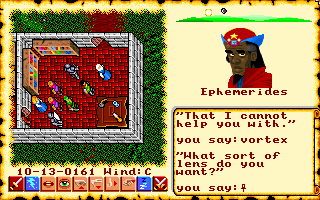
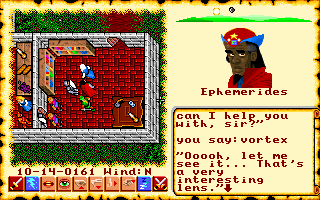















Eldiron Creator v0.8.14 Release
Yeah, but I can't find the bloody download if any.

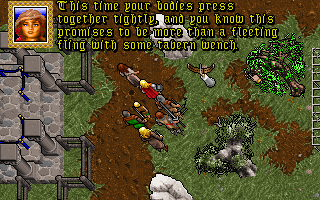
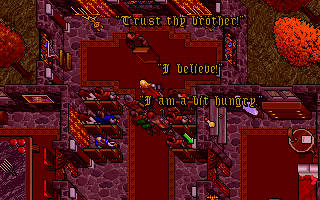


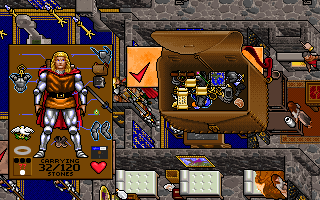
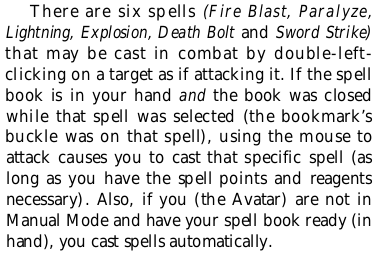
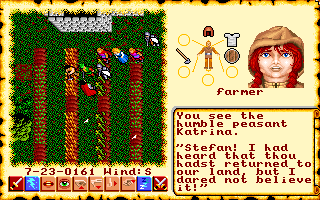
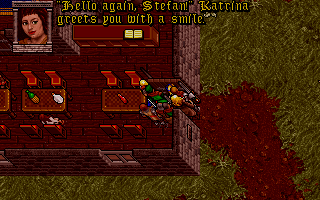
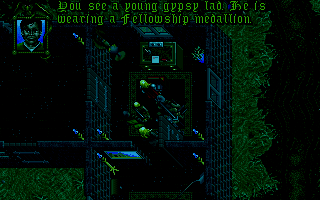
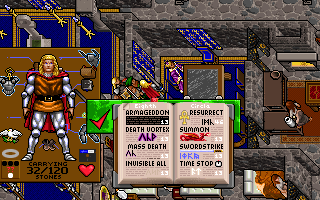
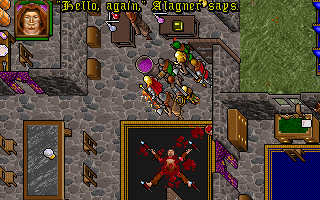
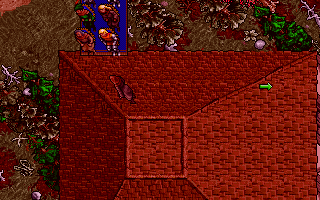
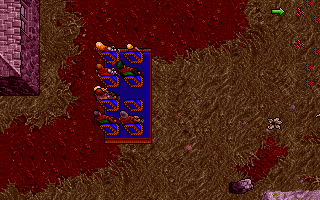


I'm sure it was quite innovative; the fact that no one else seems to be willing to implement it in a game with an abundance of items does not surprise me either. No other game forced me to rampage through the entire backpack sorting things to get that one item, only for the backpack to be assembled in a completely different fashion next time I open it. I would expect (and, if a modern game would implement something similar, it would probably do it that way), that:It's a bit sad that you can't see from a perspective of how the inventory was quite innovative at the time.
It was innovative at the time and still considered shit, just like the combat. The reason people loved it then was just how massive the world was and how alive it felt. But stuff like combat and inventory was a sore point even at the timeIt's a bit sad that you can't see from a perspective of how the inventory was quite innovative at the time.







